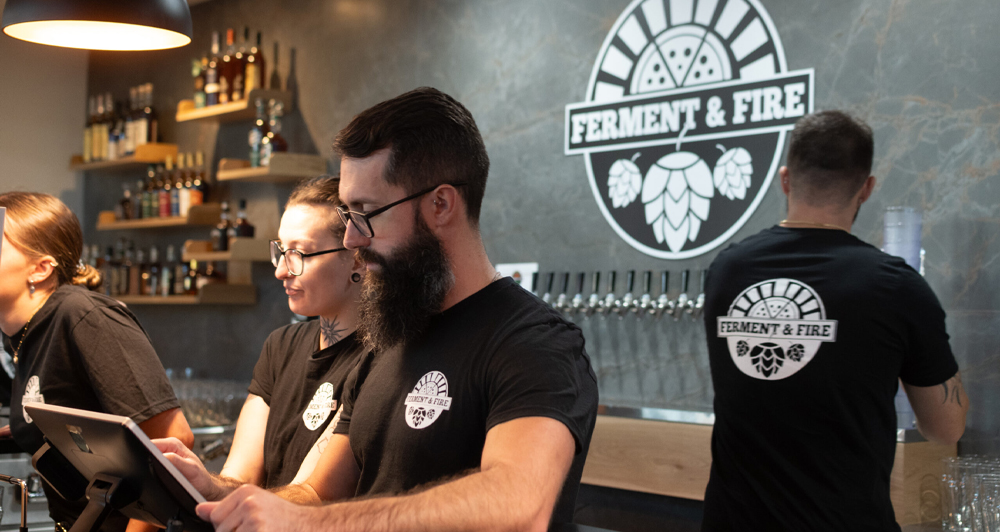urban taste
The Pizza Divide: How a Simple Dish Tells America’s Story
From Dollar Slices to $30 Pies—What Your Pizza Choice Reveals About You
NEW YORK – In every corner of this city, from Manhattan’s glittering towers to Brooklyn’s industrial backstreets, pizza serves as an edible Rorschach test. Your slice—whether a $1 quick fix or a $30 artisanal creation—reveals more about your place in America’s cultural landscape than you might imagine.
by the numbers: pizza’s dominance
New Yorkers consume approximately 175,000 pizza slices per hour
The NYC pizza economy generates $4.5 billion annually
The average New Yorker eats 46 slices per year
There are approximately 1,600 pizzerias in New York City
the manhattan-brooklyn dichotomy
While Brooklyn innovates, Manhattan preserves.
Manhattan remains the kingdom of the classic slice joint, where speed and consistency reign supreme. “In Midtown, we sell 2,000 slices daily to office workers who have 15 minutes to eat,” says Tony Garcia of ‘Empire Slice’ near Times Square. “They don’t want innovation; they want reliability.”
Brooklyn has become the laboratory where pizza traditions are deconstructed and reinvented. “Our customers want the story behind the slice,” notes Lena Chen of Williamsburg’s ‘Ferment & Fire’. “They care about the flour’s origin, the fermentation time, the farmer who grew the tomatoes.”
beyond the city: america’s pizza identity
This divide extends far beyond New York:
Chicago embraces excess with its legendary deep-dish, where a single pie can feed a family of four for $45.
California champions the gourmet, wood-fired individual pie where the $22 crust is merely a vehicle for farmers’ market finds.
Detroit resurrects its industrial heritage through rectangular pies with crispy cheese edges in blue steel pans, averaging $24 per pan.
the economics of every slice
The pizza economy mirrors America’s wealth gap. The $1 slice sustains students and essential workers, while $30 pies cater to those for whom food has become entertainment. “The pizza industry employs over 350,000 Americans, yet most pizzeria workers earn minimum wage or less,” observes food economist Dr. Michael Chen.
the health paradox
Pizza is the second-largest source of calories for American children
The National School Lunch Program serves 2.5 million pizza slices daily
Yet a properly made pizza can provide 20% of daily calcium and lycopene needs
the immigrant’s footprint
Every pizza style tells an immigration story: Neapolitan immigrants brought the original recipe, Puerto Rican communities added plantains and adobo, Middle Eastern influences introduced lamb and sumac. “Pizza is America’s original fusion food,” says culinary historian Maria Rodriguez.
the american slice
In a nation increasingly divided, pizza remains one of the few universal connectors. It’s the food that fuels 93% of Americans at least once a month. Whether you grab a dollar slice on the run or savor a meticulously crafted pie, you’re participating in an ongoing conversation about what it means to be American in the 21st century—one delicious slice at a time.
.






